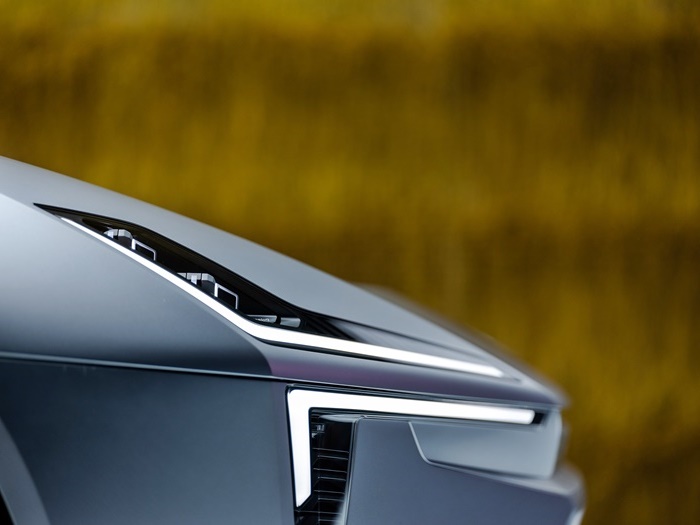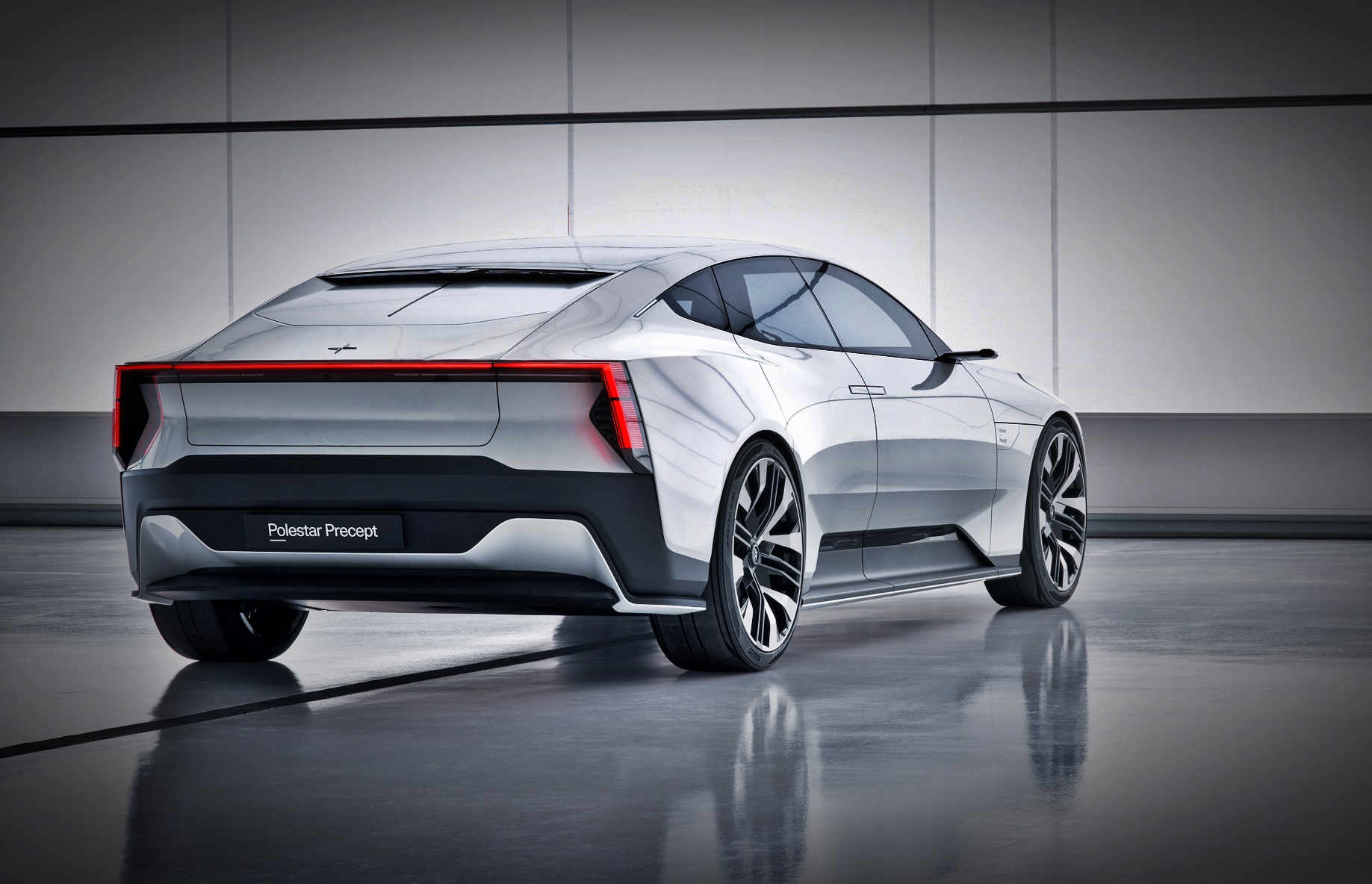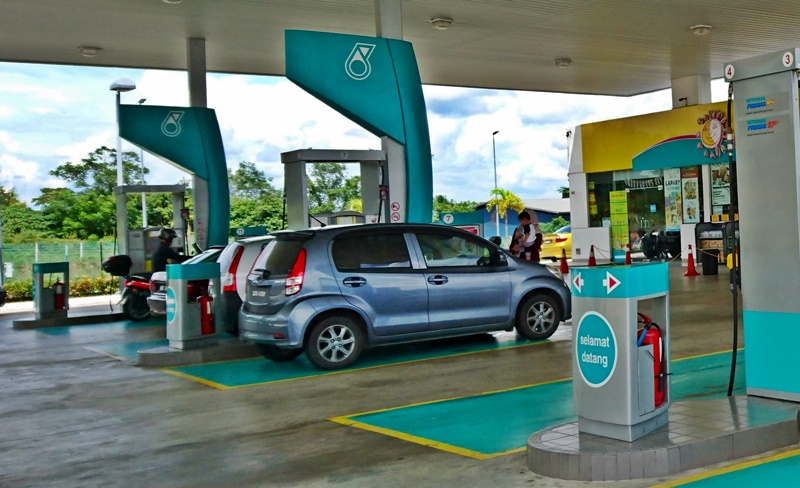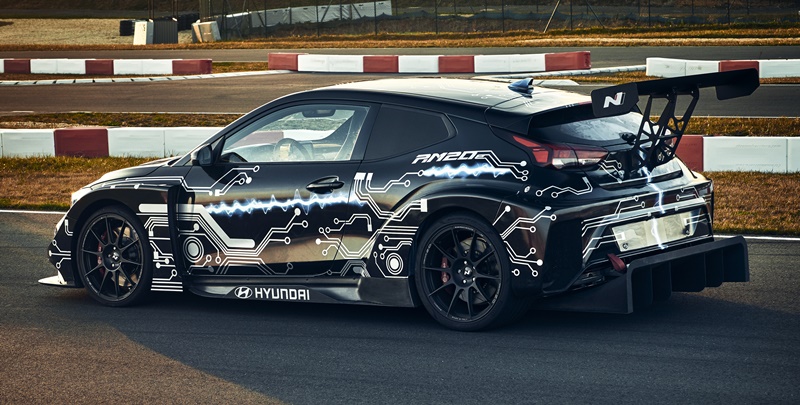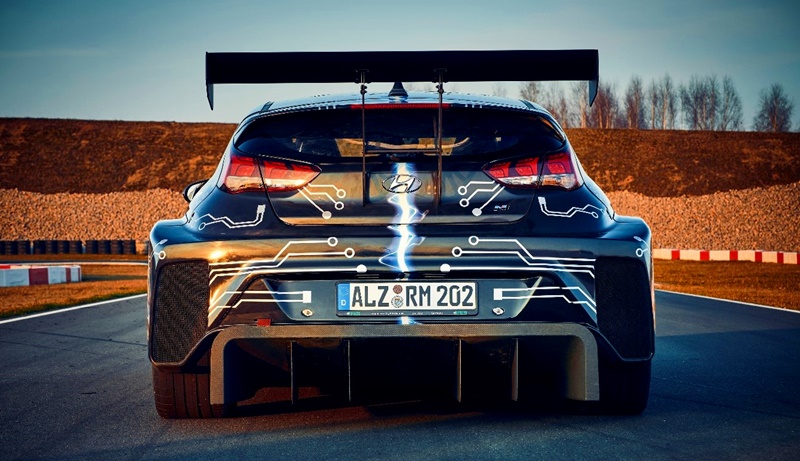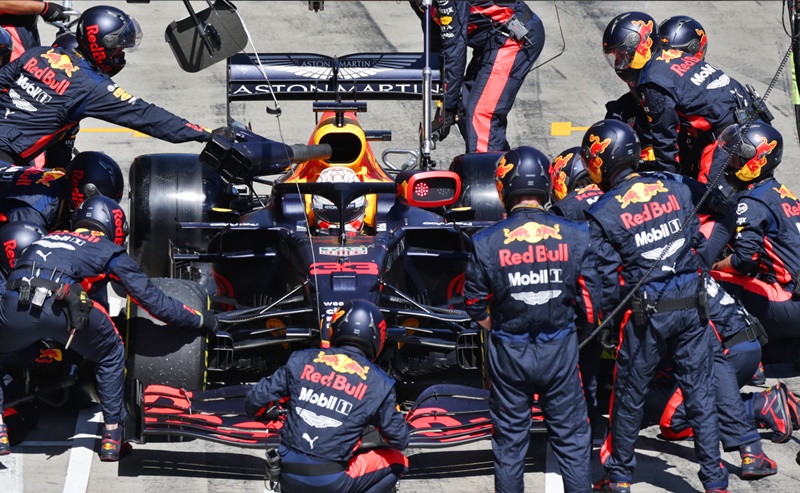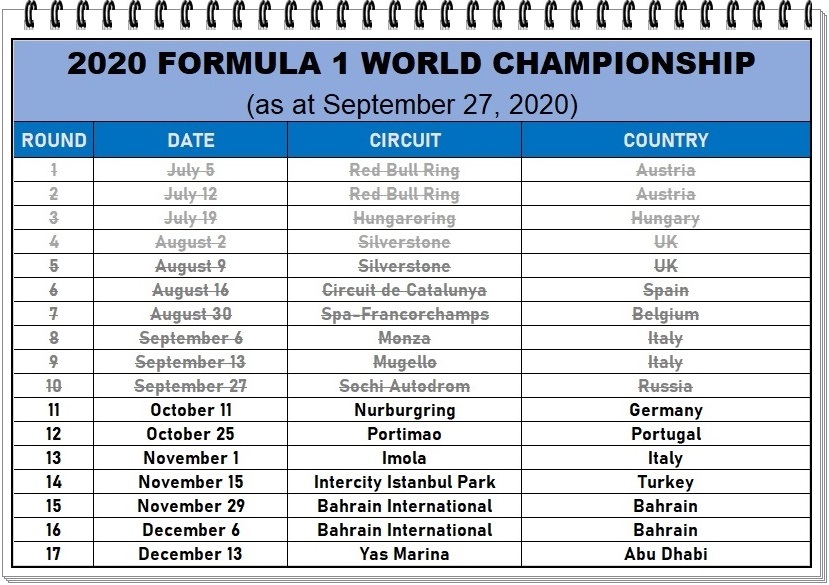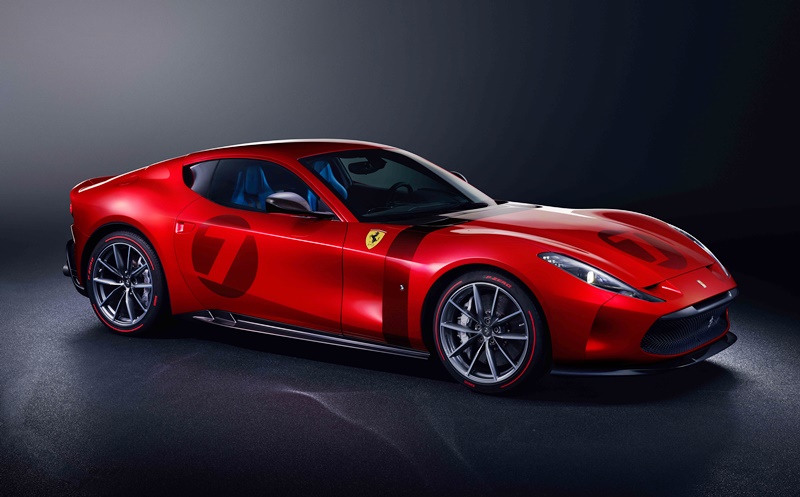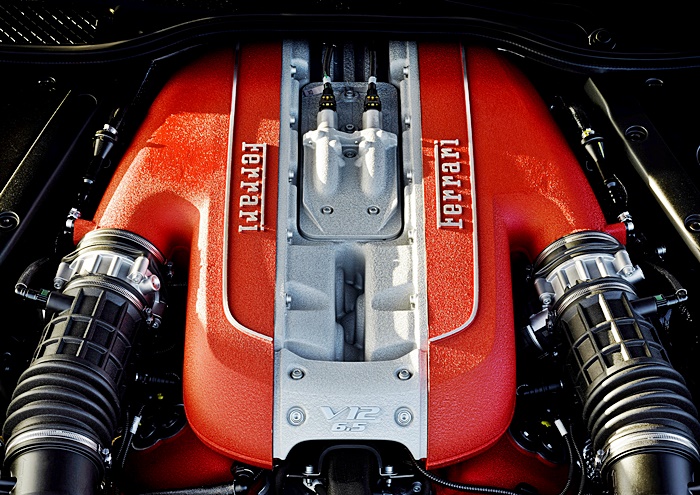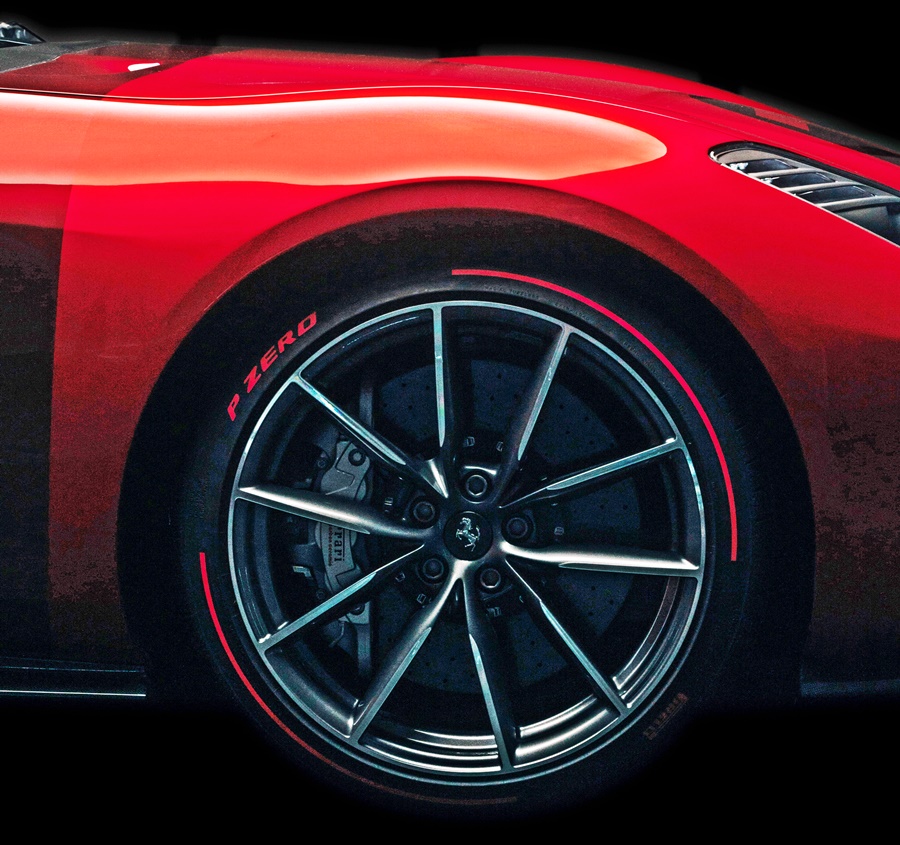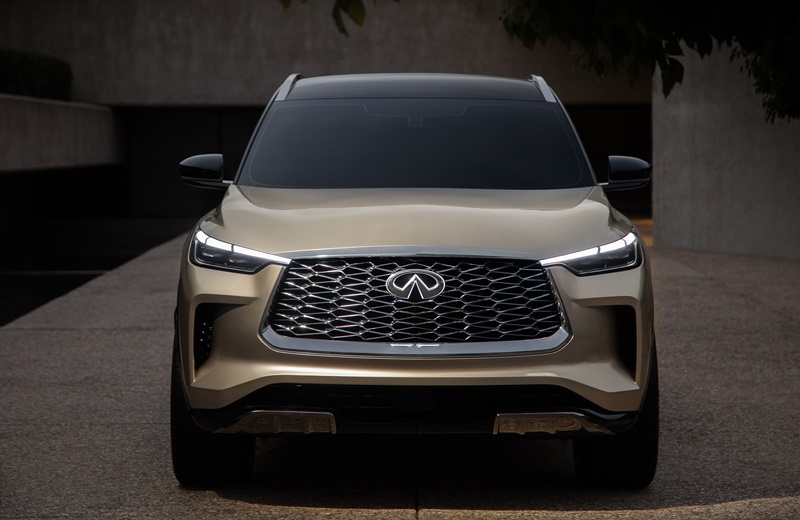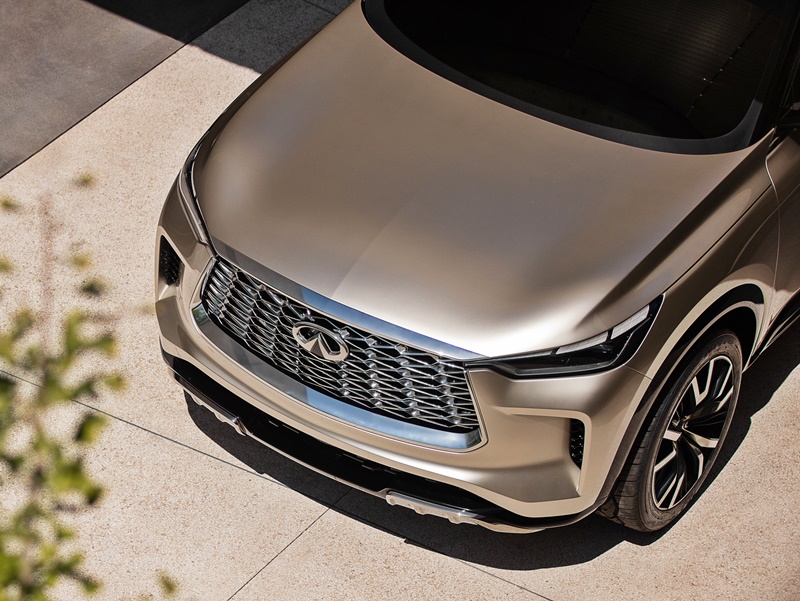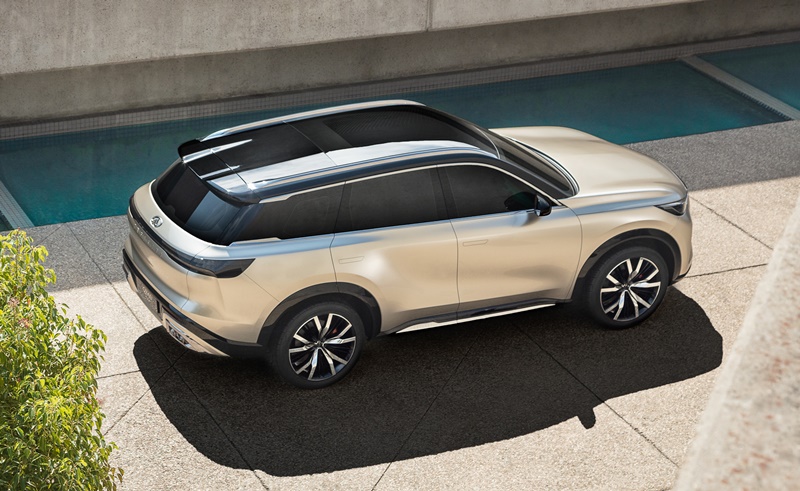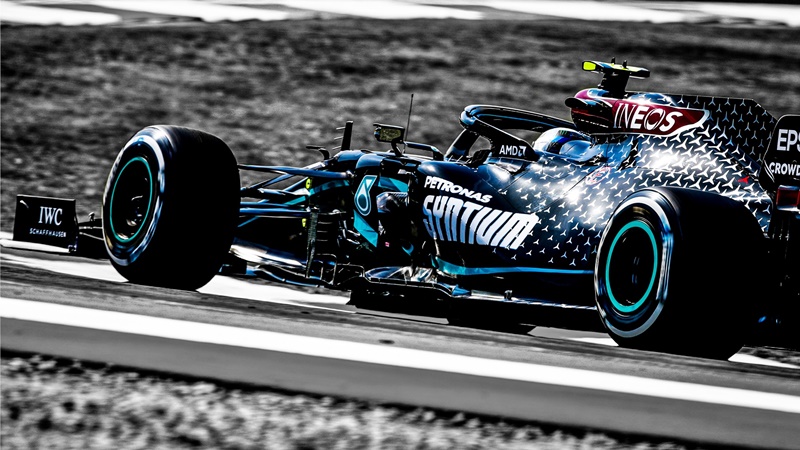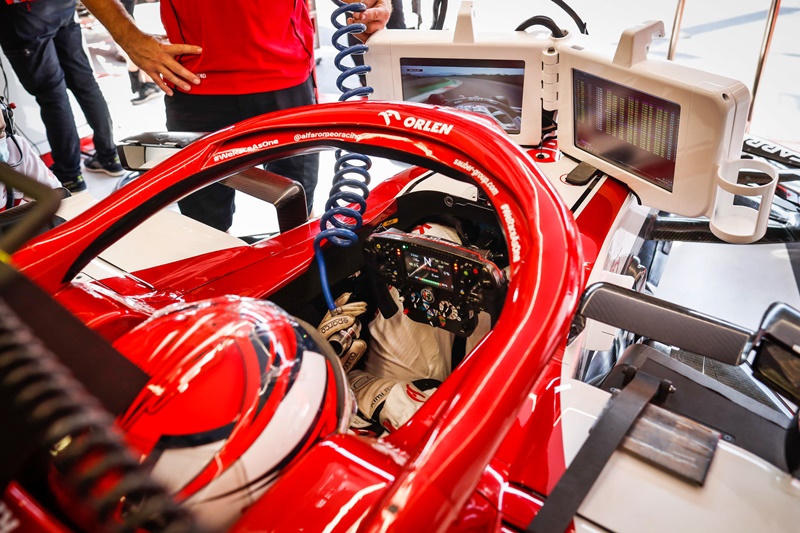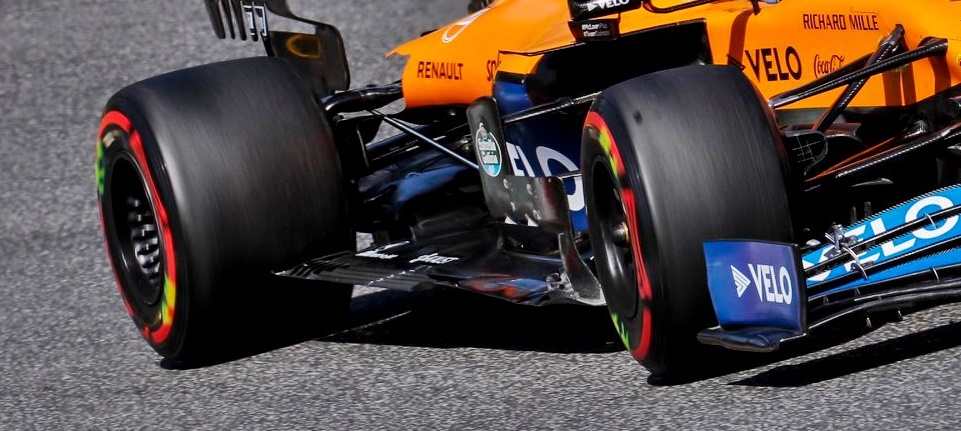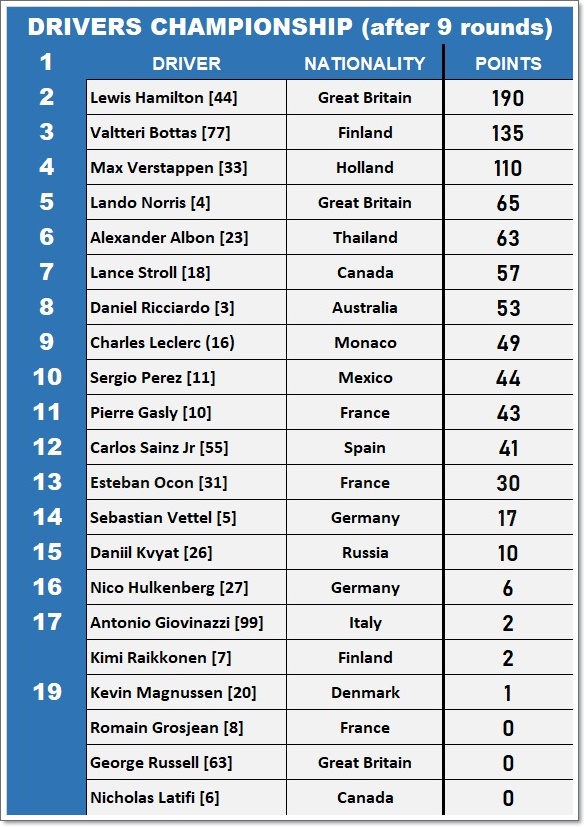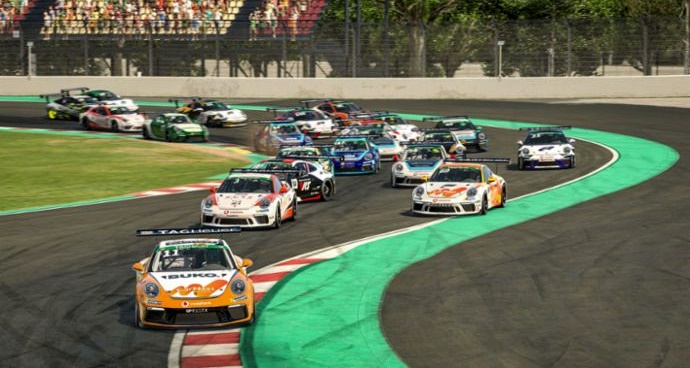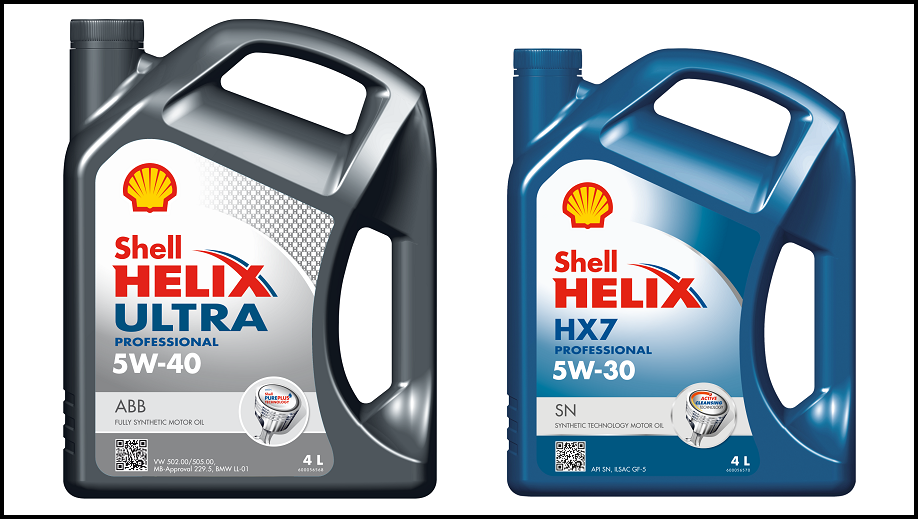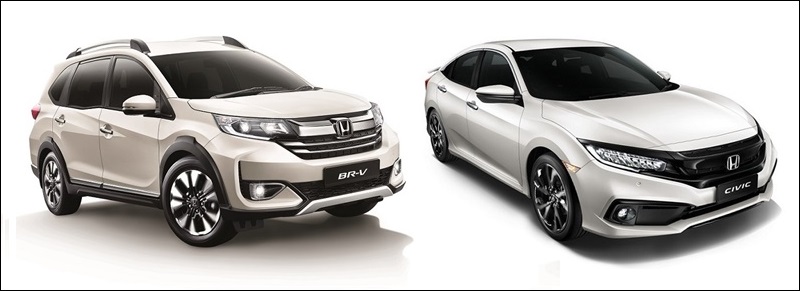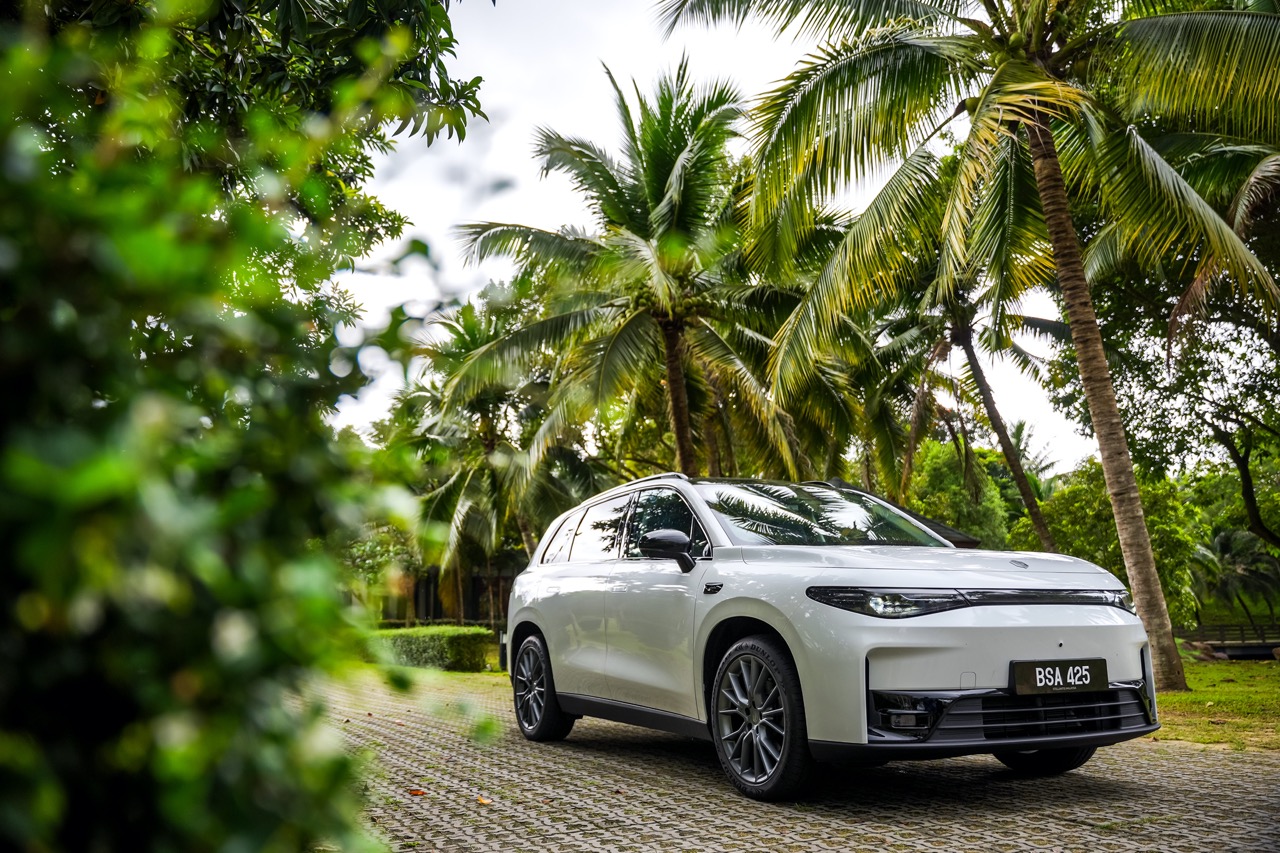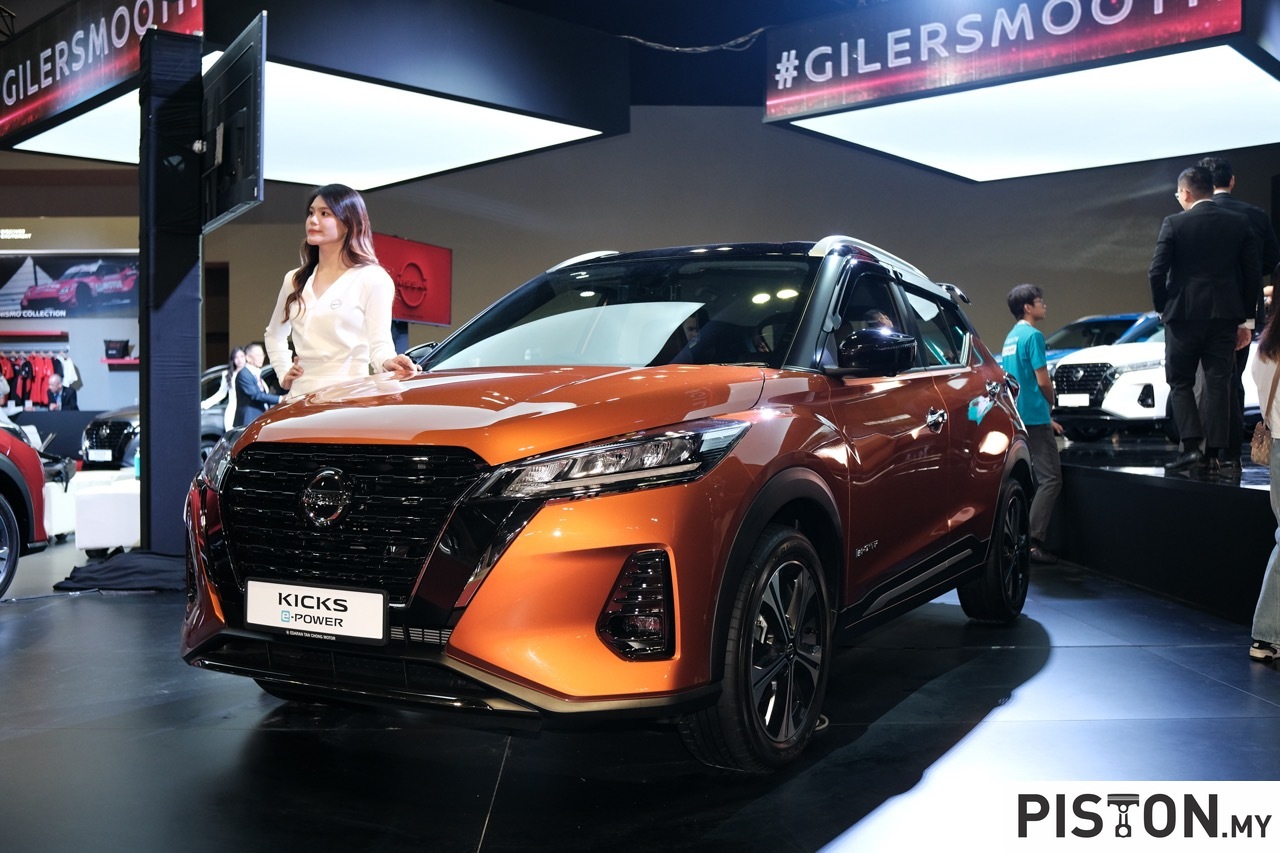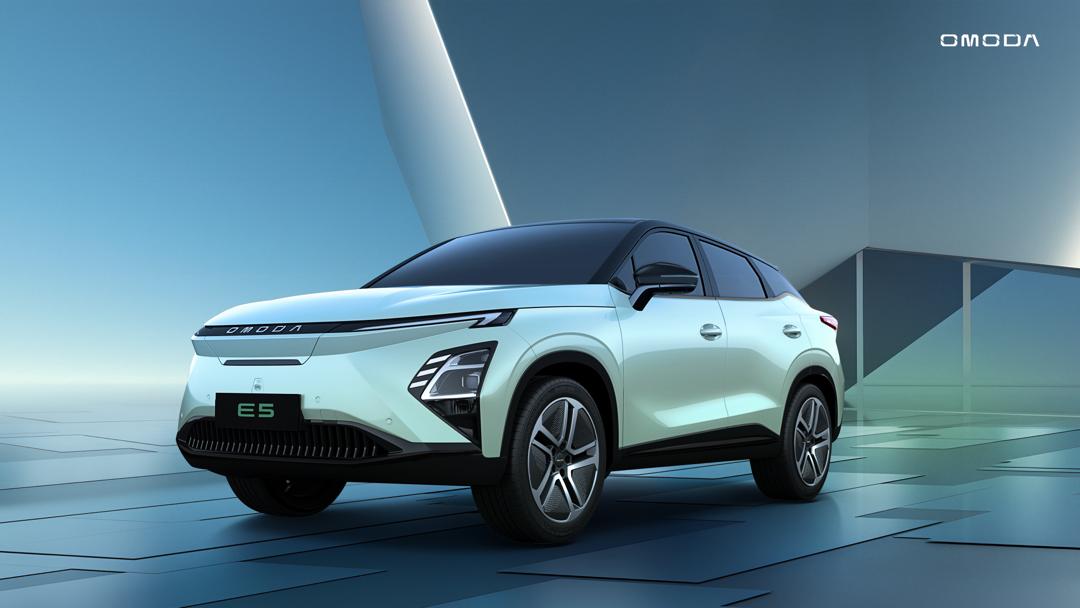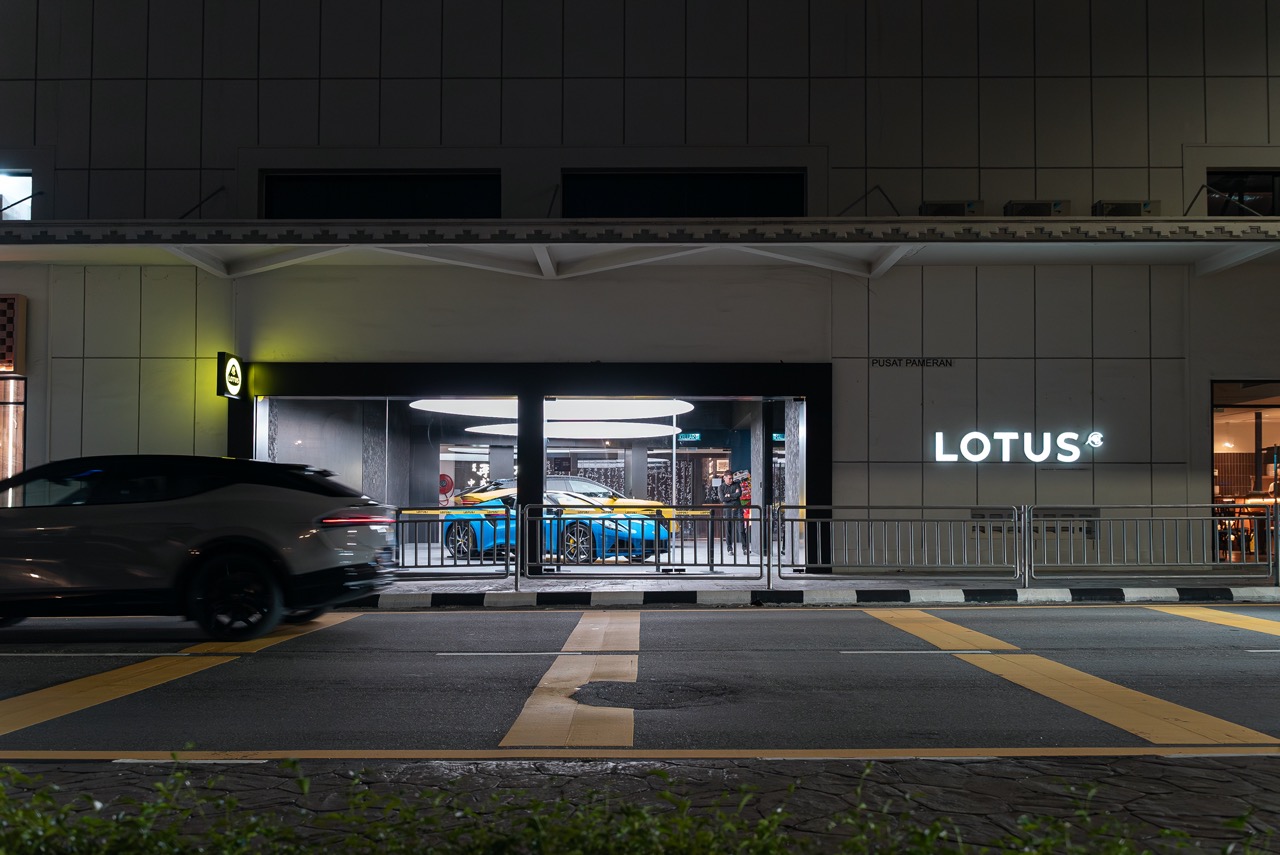Polestar, the joint-venture company owned by the Volvo Car Group and Geely, has confirmed it will put the Precept into production. Revealed earlier this year, the Precept started life as a manifesto to illustrate the brand’s future vision and was described as a ‘commitment car’, not a concept car.
Besides showcasing the electric performance brand’s future design direction, the Precept also highlights Polestar’s path for digital technology and the use of innovative sustainable materials, inside and out.
Encouraged by positive feedback
Polestar was encouraged to turn it into a production model after encouraging response from the public.”’We’d like to see it on the road!’ – this is what the press wrote about Precept and the public said, ‘We want it’, so we decided to build it,” said Thomas Ingenlath, Polestar’s CEO.
“Consumers want to see change from this industry – not just dreams. Now, Precept becomes an even stronger statement. We are committed to reducing the environmental impact of our cars and our business. The aim has to be climate neutrality, even though I recognize that is a long-term goal,” he explained.
Advanced and sustainable
The interior of the Precept features a mix of sustainable materials including recycled PET bottles, reclaimed fishing nets and recycled cork vinyl. A flax-based composite, developed by external partner Bcomp Ltd., is featured in many interior and some exterior parts. Polestar’s ambition is to bring much of this sustainability into production.
In the model shown earlier this year, the next generation HMI (Human-Machine Interface), powered by Android, was demonstrated. Developed in close collaboration with Google, it features an enlarged, portrait-oriented 15-inch centre touchscreen that complements a 12.5-inch driver display. The two are linked by an illuminated blade that encompasses the entire interior.
Supporting the advancement of a personalised and dynamic digital interface, the instrument panel also hosts an array of smart sensors. Eye tracking will allow the car to monitor the driver’s gaze and adjust the content of the various screens accordingly. Proximity sensors also enhance the usability of the centre display when driving.
The name ‘Precept’ was chosen to emphasise the car’s role in setting out Polestar’s intent as the contemporary electric performance brand. A precept is a manifesto of things to come; a declaration. The car signifies an important milestone for Polestar as a standalone brand, describing a unique design philosophy that remains firmly embedded in Polestar’s brand values: pure, progressive and performance.
To be made in China
With product development underway, Polestar says it will produce Precept in China, where a new production facility will be established. The aim is to ensure the facility will be carbon-neutral and one of the most intelligent and connected automotive production facilities in the world.
The climate-positive narrative was started by a facility in Chengdu. Inaugurated in 2019, the Polestar Production Centre became the first LEED Gold-rated automotive production facility in China and runs on 100% renewable energy. It is producing the Polestar 1 – an exclusive, carbonfibre-bodied Electric Performance Hybrid – for both China and global markets.
Polestar presents high-performance EV of the future – the Precept Concept










